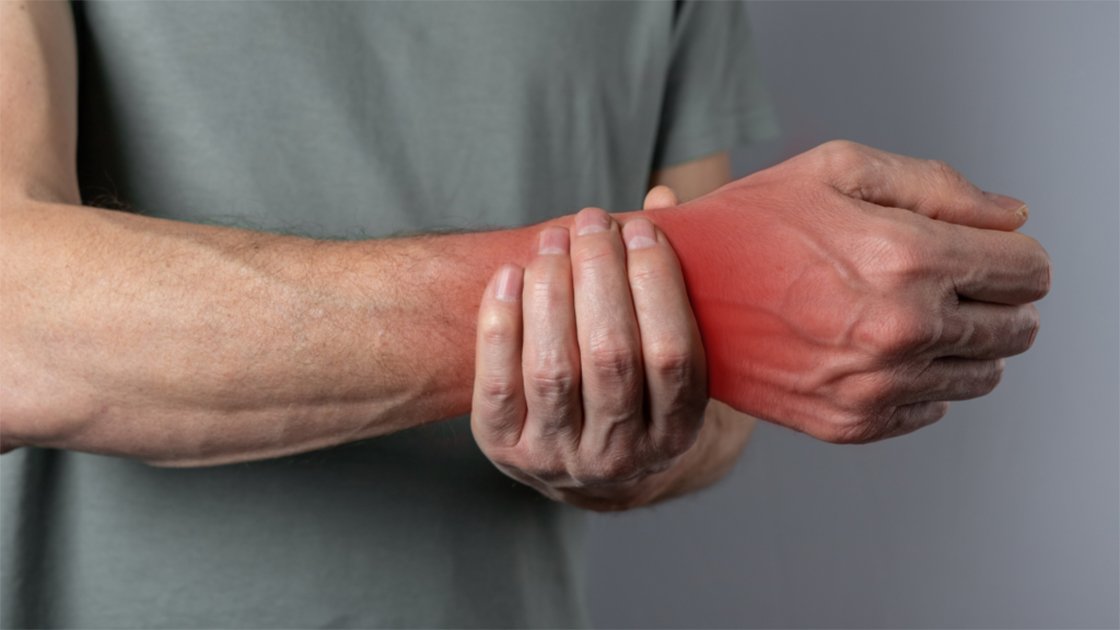Anatomy of the Wrist and Common Issues
The wrist is a highly complex joint, made up of eight small bones, ligaments, tendons, and muscles that work together to provide stability and flexibility. Whether you’re typing, lifting, or even holding a cup, the wrist performs countless functions every day. However, this complexity also makes the wrist susceptible to a range of injuries and conditions. Common wrist issues include tendonitis, carpal tunnel syndrome, sprains, and repetitive stress injuries, which can lead to chronic pain, stiffness, and limited mobility. These conditions often develop from overuse, poor posture, or sudden trauma. While rest and conventional treatments like physical therapy can help, they often fail to deliver lasting results, leading many to seek more effective solutions. This is where shockwave therapy comes in, offering a non-invasive solution to promote healing and provide long-term relief for wrist pain.
Key Conditions Treated by Shockwave Therapy
Shockwave therapy has gained widespread recognition for its ability to treat musculoskeletal injuries, particularly in the wrist. Some of the most common conditions treated with shockwave therapy include:
- Tendonitis: Particularly De Quervain’s tendonitis, which affects the tendons in the wrist and thumb, causing pain and swelling.
- Carpal Tunnel Syndrome: Caused by pressure on the median nerve, it results in numbness, tingling, and pain in the wrist and hand.
- Repetitive Strain Injuries (RSIs): Injuries due to overuse, such as in office workers or athletes.
- Wrist Sprains: Damage to the ligaments caused by trauma or overextension.
These conditions often result in ongoing pain, inflammation, and stiffness, and shockwave therapy has been proven to be effective in reducing these symptoms and promoting healing.
How Shockwave Therapy Works for Wrist Recovery
Shockwave therapy works by using high-energy sound waves to stimulate healing in damaged tissues. When applied to the wrist, these acoustic waves penetrate deep into the affected area, triggering a biological response that promotes tissue repair. The process involves the creation of microtrauma in the tissues, which encourages the body’s natural healing mechanisms.
The therapy increases blood circulation to the area, which helps to deliver more oxygen and nutrients, aiding in tissue repair. It also stimulates the production of collagen, a key protein involved in the healing of tendons and ligaments. This makes shockwave therapy an ideal treatment for conditions like tendonitis and carpal tunnel syndrome, where inflammation and tissue damage are common.
The Benefits of Shockwave Therapy for Wrist Pain
Shockwave therapy offers several advantages when it comes to treating wrist pain:
- Non-invasive and Drug-Free: Unlike surgery or medications, shockwave therapy is a non-invasive treatment that doesn’t require any incisions or long recovery times.
- Promotes Faster Healing: By improving circulation and stimulating collagen production, shockwave therapy accelerates the natural healing process.
- Effective Pain Relief: Shockwave therapy provides significant pain reduction by disrupting pain pathways and stimulating the body’s natural healing processes.
- Reduced Inflammation: It helps reduce the swelling and inflammation that accompany many wrist injuries, promoting long-term relief.
- Shorter Recovery Time: Patients can often return to normal activities much faster compared to traditional treatments.
Possible Risks and Side Effects
While shockwave therapy is a safe and well-tolerated treatment, it does come with some potential risks and side effects. These are generally mild and temporary, including:
- Mild Discomfort: Some patients experience slight discomfort or soreness in the treated area immediately following the session.
- Bruising or Swelling: In rare cases, mild bruising or swelling may occur at the site of treatment.
- Contraindications: Shockwave therapy should not be used if you have certain conditions such as pregnancy, bone cancer, or if you’re on blood-thinning medications.
It’s always important to consult with a healthcare provider before starting any treatment to ensure it’s right for your specific condition.
Conclusion
Shockwave therapy has proven to be a game-changer for individuals suffering from wrist pain due to conditions like tendonitis, carpal tunnel syndrome, and sprains. Its non-invasive nature, coupled with its ability to promote healing and reduce pain, makes it a top choice for those seeking lasting relief. If you’re tired of dealing with chronic wrist pain and want to get back to your daily activities without discomfort, shockwave therapy could be the solution you’ve been looking for.
